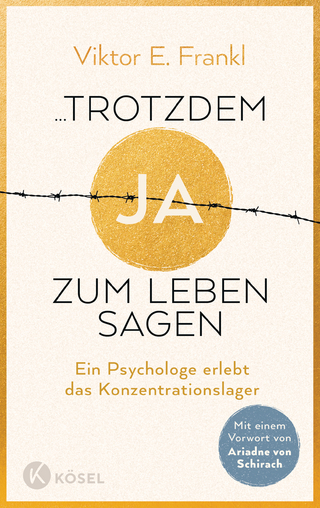
The History of Air Intercept Radar & the British Nightfighter, 1935-1959
Seiten
2023
Pen & Sword Aviation (Verlag)
978-1-3990-1443-4 (ISBN)
Pen & Sword Aviation (Verlag)
978-1-3990-1443-4 (ISBN)
The first detailed explanation of development for this vital night-fighter equipment
The author has much professional experience in radar development
Night-fighter squadrons are now valued as an important factor in the Allied defeat of the Luftwaffe in WWII
Night-fighters are popular with aviation and WWII enthusiasts/historians
This is the history of Air Intercept (AI) radar and its use in night-fighters in defence of the UK and in the protection of RAF bomber forces. It is set against the political, military, economic and technological background of world events. Beginning in 1935, it describes the events leading up to the creation of the Air Ministry Research Establishment and the work of the EstablishmentOs Airborne Group under Dr Edwin Bowen and the building of the first 1.5 metre AI Mk 1 and later versions that saw use during the winter Blitz in Blenheim night-fighters and Mosquito during the Baedeker Raids. It covers the introduction of centimetric technology at the Telecommunications Research Establishment and the creation of centimetric AI (Mks VII D IX) and their installation in the Beaufighter and later marks of the Mosquito. It describes the creation of the Radiation Laboratory at the Massachusetts Institute of Technology, and the development the SCR 720 radar and its adoption by the RAF.
The final section describes the Cold War and the development of jet-powered night-fighters and the changes in the air defence situation with the introduction of strategic bombers by the Soviet Union and the atomic bomb.Ian White, BA(Hons) Hist, IEng, AMRAeS is an engineer who spent much of his career involved in UK air defence and in retirement gained an Hons Degree. He has previously published a history of No 604 Squadron. He lives in Martlesham Heath near Ipswich.
The author has much professional experience in radar development
Night-fighter squadrons are now valued as an important factor in the Allied defeat of the Luftwaffe in WWII
Night-fighters are popular with aviation and WWII enthusiasts/historians
This is the history of Air Intercept (AI) radar and its use in night-fighters in defence of the UK and in the protection of RAF bomber forces. It is set against the political, military, economic and technological background of world events. Beginning in 1935, it describes the events leading up to the creation of the Air Ministry Research Establishment and the work of the EstablishmentOs Airborne Group under Dr Edwin Bowen and the building of the first 1.5 metre AI Mk 1 and later versions that saw use during the winter Blitz in Blenheim night-fighters and Mosquito during the Baedeker Raids. It covers the introduction of centimetric technology at the Telecommunications Research Establishment and the creation of centimetric AI (Mks VII D IX) and their installation in the Beaufighter and later marks of the Mosquito. It describes the creation of the Radiation Laboratory at the Massachusetts Institute of Technology, and the development the SCR 720 radar and its adoption by the RAF.
The final section describes the Cold War and the development of jet-powered night-fighters and the changes in the air defence situation with the introduction of strategic bombers by the Soviet Union and the atomic bomb.Ian White, BA(Hons) Hist, IEng, AMRAeS is an engineer who spent much of his career involved in UK air defence and in retirement gained an Hons Degree. He has previously published a history of No 604 Squadron. He lives in Martlesham Heath near Ipswich.
Ian White, BA(Hons) Hist, IEng, AMRAeS is an engineer who spent much of his career involved in UK air defence and in retirement gained an Hons Degree. He has previously published a history of No 604 Squadron. He lives in Martlesham Heath near Ipswich.
| Erscheinungsdatum | 31.03.2023 |
|---|---|
| Zusatzinfo | 45 black and white diagrams |
| Verlagsort | South Yorkshire |
| Sprache | englisch |
| Maße | 189 x 246 mm |
| Themenwelt | Geschichte ► Allgemeine Geschichte ► 1918 bis 1945 |
| Geschichte ► Teilgebiete der Geschichte ► Militärgeschichte | |
| ISBN-10 | 1-3990-1443-9 / 1399014439 |
| ISBN-13 | 978-1-3990-1443-4 / 9781399014434 |
| Zustand | Neuware |
| Haben Sie eine Frage zum Produkt? |
Mehr entdecken
aus dem Bereich
aus dem Bereich
ein Psychologe erlebt das Konzentrationslager
Buch | Hardcover (2024)
Kösel (Verlag)
CHF 30,80
Mythos „Stauffenberg-Attentat“ – wie der 20. Juli 1944 verklärt und …
Buch | Hardcover (2024)
Goldmann (Verlag)
CHF 33,55


